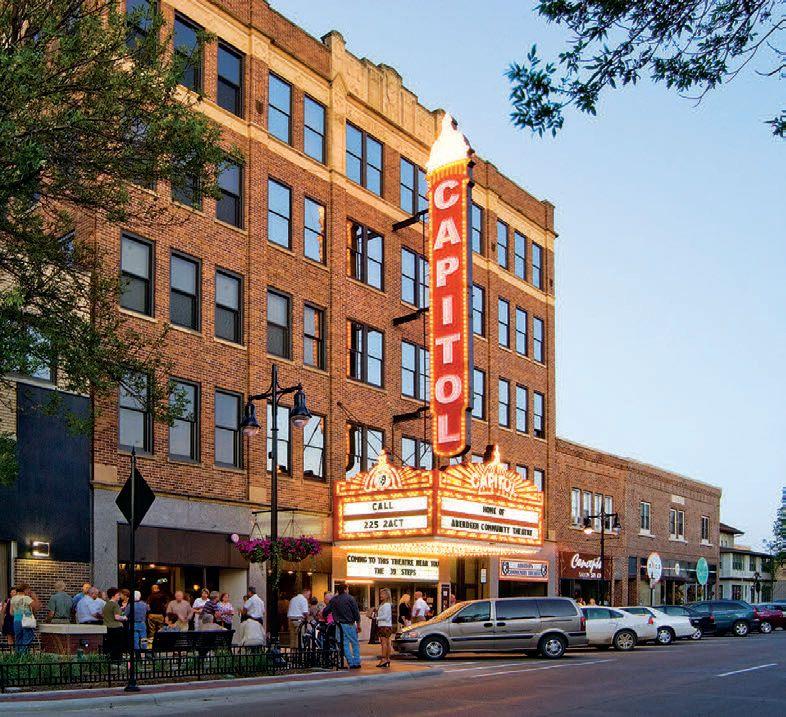
1 minute read
Active Aberdeen
New housing, diverse economy makes for bustling business in SD’s northeast hub
BY KRIS BEVILL
Aberdeen, S.D., has long served as a hub for activity in northeastern South Dakota and its status as the region’s economic driver has held strong in recent years. City leaders promote the town’s quality of life as an attractant and various national outlets agree, recently ranking Aberdeen among the top places in the country for young people and retirees to live. The area’s fruitful hunting grounds are known nationwide and have led the town to be deemed one of the top 200 towns in the country for sportsmen and women.
Housing Boom
Aberdeen is the third largest city in South Dakota, after Sioux Falls and Rapid City, and had a population of about 26,000 at the time of the 2010 census. However, the community has steadily grown in recent years as businesses have expanded and more options for employment have opened up, leading to a relative housing boom that is expected to continue for the near future. More than 1,000 new housing units have been added in the past five years and more are being built, both to accommodate new growth and to provide updated housing for the community’s current residents. “The whole housing continuum in Aberdeen is very active,” says Gail Ochs, president of the Aberdeen Area Chamber of Commerce.
Recent development activities in Aberdeen have included an historic building turned apartment building, townhomes for residents aged 55 and older, single-family homes and an affordable housing project led by the Aberdeen Housing Authority. Additional housing units may likely be added downtown as building owners consider second-floor apartments as part of downtown revitalization efforts, says Heidi Appel, executive director of the Aberdeen Downtown Association. The association heads a Façade Grant program to support revitalization and historic preservation efforts and has successfully drawn in new businesses and investors that are expected to continue having a positive impact on the community for some time. Appel says four buildings changed hands in a 30-day period this fall, “which in a community the










